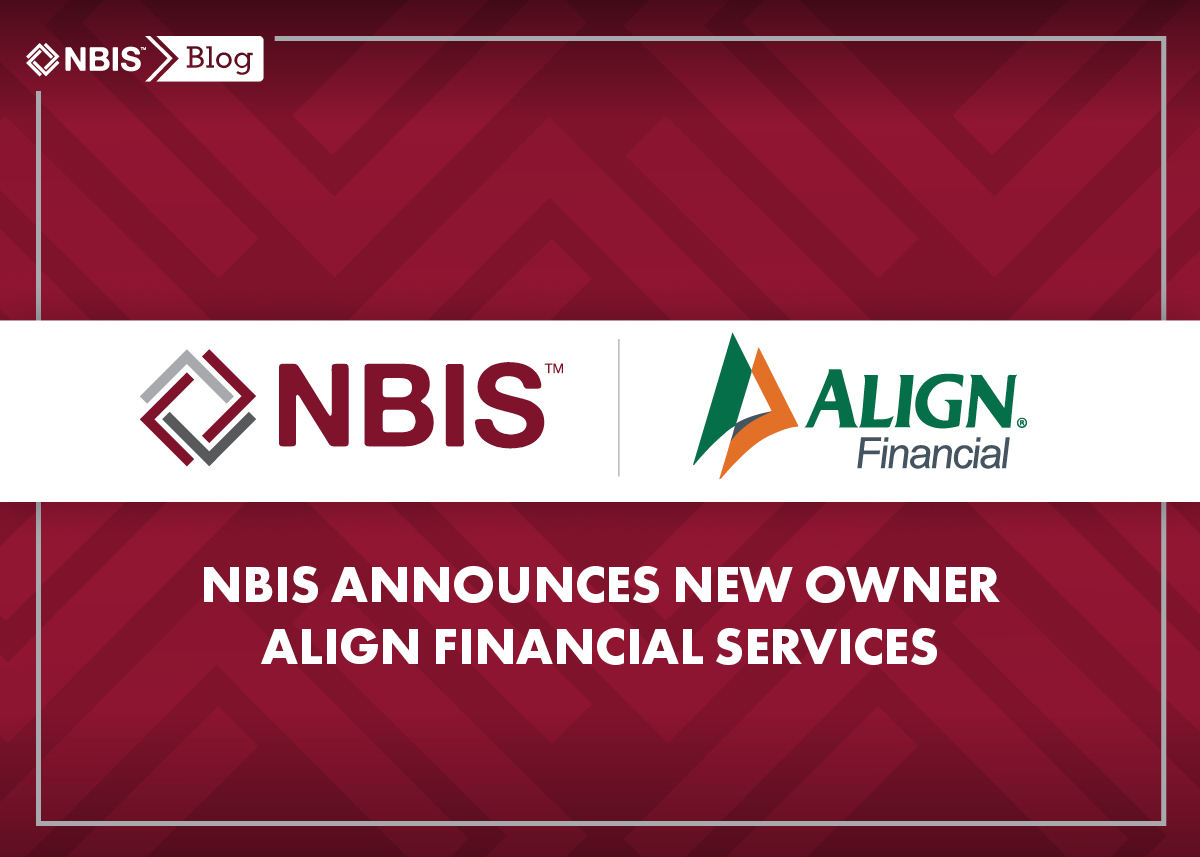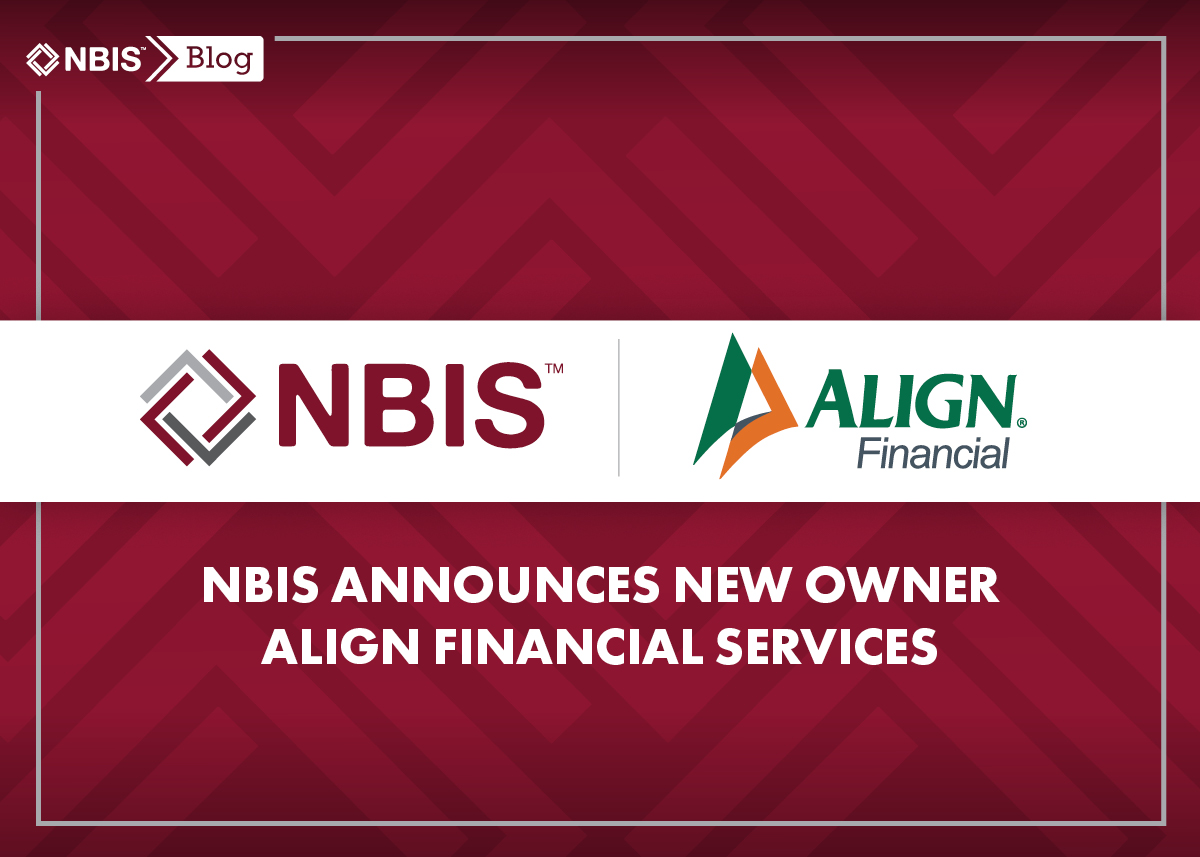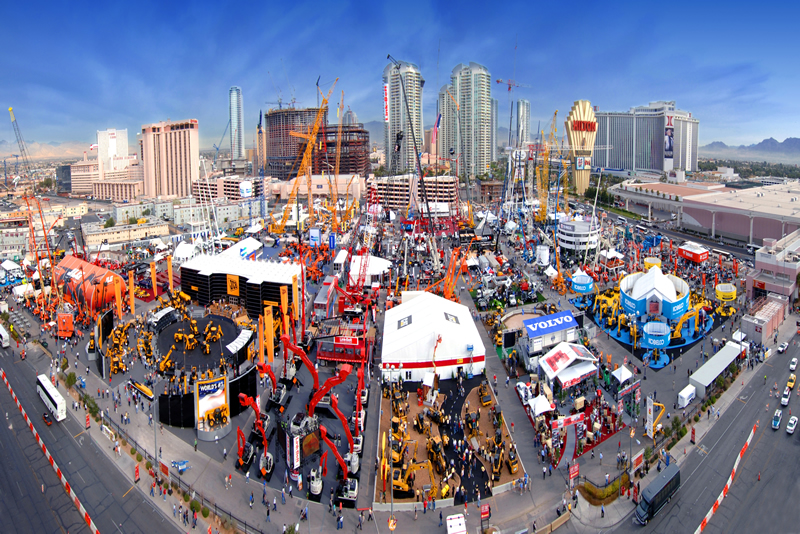NBIS Exclusive Services partner Michael Rubin was recently featured in Construction Equipment Guide where he addressed some of the most pressing issues facing the heavy lifting industry today: OSHA and ASME standards in lifting projects. Rubin, part of the Goldberg Segalla team, is one of the industry’s most knowledgeable attorneys when it comes to OSHA-specific legal representation.
As many policyholders already know, NBIS and Goldberg Segalla have partnered to offer discounted fees for legal services pertaining to OSHA-related fines and citations. Rubin’s recent article highlights his expertise and illustrates the true value of the NBIS/Goldberg Segalla relationship for NBIS insured partners.
The article, “Crane Safety by the Numbers — Lifting Projects Dictated by OSHA Rules, ASME Standards,” explores the necessity of viewing OSHA standards in lifting as the minimum for safety. While OSHA is the safety standard bearer when it comes to lifting projects, it’s always possible to be safer. But where do these extra measures come from? According to Rubin, if you “ask 10 different safety professionals…you may get 10 different answers — all of which could be right.” This is where the ASME standards come into play.
ASME, a not-for-profit membership organization, has been issuing standards for the crane industry since 1924. By following the guidance and directives set forth in their B30 volumes, Rubin states that, “anyone operating in the crane industry — including crane rental companies and contractors — will immediately enhance their safety performance.”
While not a replacement for OSHA’s standards, the ASME standards have plenty of overlap, and following the latter will help ensure you’re adhering to the former. Be sure to check out the full article to learn more about bolstering your safety approach from a true expert.




